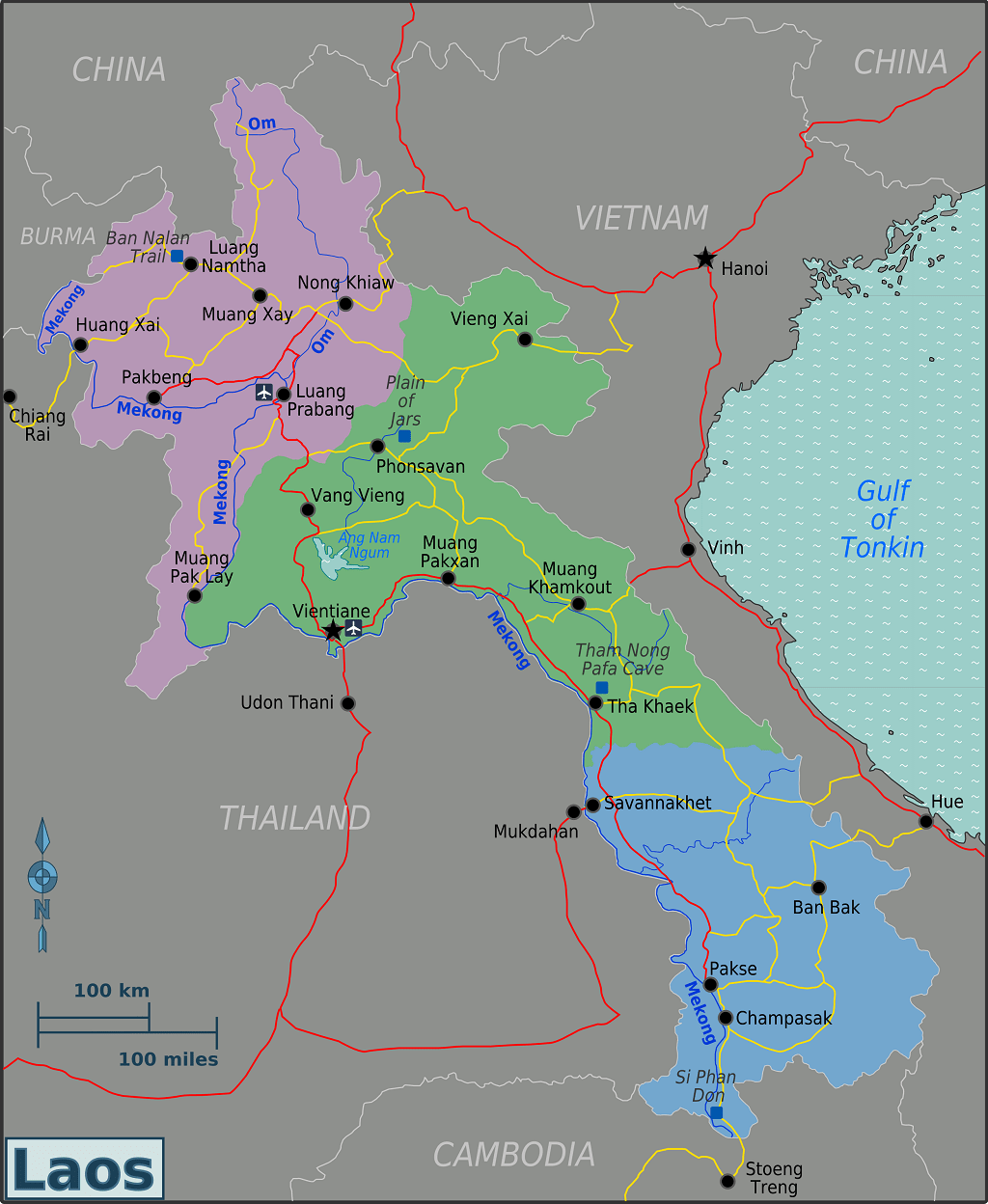Since its founding, the inhabitants of Can Tho city have sold their wares atop the water, which has become a tourist spectacle. Rush hour at the floating market is around 8am. After noon, the sellers pack up their boats and return home. In recent years, local communities have begun to struggle against the growing problems of erosion and pollutants that threaten their way of life on the Hau River, a large branch off the MekongThe 185-kilometre (115-mile) Hau River passes through the southern part of Vietnam and into Cambodia, where it is called the Bassac River. In both countries, people call this river their home and depend on it for the livelihood by selling products from the Can Tho delta.
Tag: society-community
Can Tho river signs to reduce speeds, erosion
HCM CITY (VNS) — Can Tho authorities plan to install speed limit signs on the Hau River to prevent barges from travelling too fast, causing serious erosion and damaging property in the city’s An Binh Ward.
Dams ‘destroying Mekong fish stock’
MEKONG River fishermen have already suffered dramatically from dams and irrigation works, which have decimated fish stocks and undermined livelihoods that supported families for generations.
Vietnamese plea to Thailand: Don’t divert the Mekong
Thailand Prime Minister Prayut Chan-o-cha voiced plans to use water from the Mekong and Salween rivers to fill dams that have run low because of drought and poor water management. But the PM’s remarks have caused shockwaves in the Mekong Delta, which would be directly affected if such a project was to go ahead.
High Profile Land Dispute Resolved with Deal
Demonstrating that land disputes can be defused through negotiations, patience, and money – a four-year-old land fight was settled here yesterday when 13 squatter families agreed to accept payments and leave the land they had occupied.
Proposed Lao Curbs on NGOs Seen as Choking Development Projects
The Lao government’s changes to regulations on domestic nonprofit associations will hinder the work of the groups and slow down development projects in the impoverished Southeast Asian nation, an NGO official said Friday.
Mekong Countries Voice Major Concerns Over Laos Dam
A public consultation organized by the Mekong River Commission was held in Pakse, Laos, last week, where opponents continued to call for Laos to reconsider a controversial dam project.
Mine operator in Isan threatens to sue high school student
A gold mine company is threatening to sue a high school student who reported the environmental effects of mining activities in Isan, Thailand’s northeast.
Government and civil society support strong Environmental Impact Assessments
Government and civil society representatives highlighted the need for strong and inclusive environmental impact assessment (EIA) policies and practices in the Mekong region at a meeting this week in Bangkok, Thailand.
Dam EIAs enable “river grabbing”
Water and river grabbing refers to situations where powerful actors such as developers and governments are able to take control of, or reallocate to their own benefits – including decision-making power – the use of rivers and water resources.











